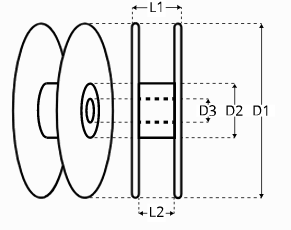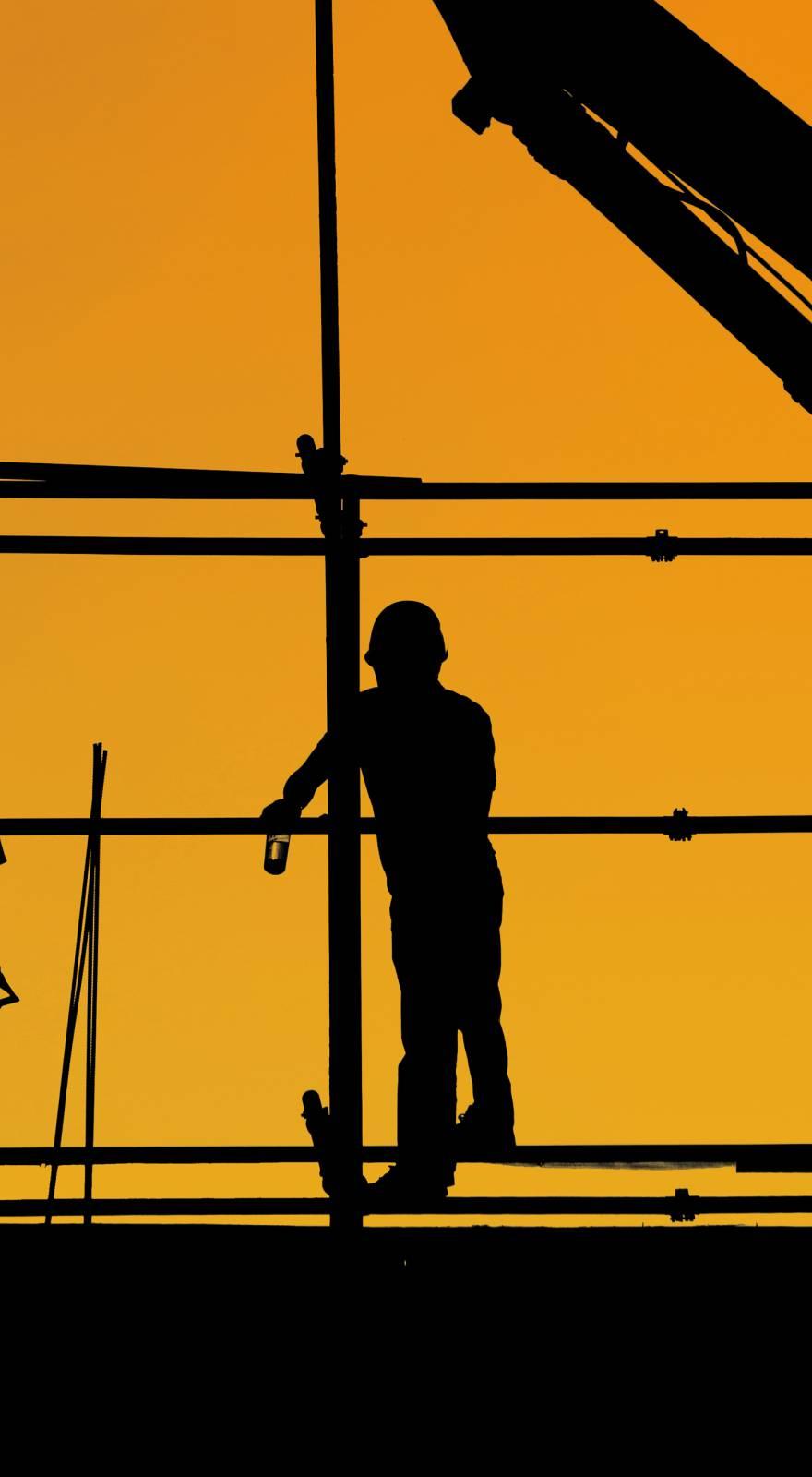Knowde Enhanced TDS
Identification & Functionality
- Chemical Family
- Fillers Included
- Polymer Name
- Technologies
- Product Families
Features & Benefits
- Materials Features
- Benefits
- Create aramid fiber reinforced 3D prints that are lighter, more resistant, and easier to print compared to native ABS, thank to Nanovia ABS AF.
- Specifically develloped for additive manufacturing, the population and length of the aramid fibers in this acrylonitrile butadiene styrene (ABS) based composite filament is suited for most standard 3D printers.
- Thanks to the aramid fibers Nanovia ABS AF allows for excellent 3D printing properties with limited warping and a great bed adhesion.
- Advantages
- Lighter prints compared to native ABS.
- Higher mechanical resistances compared to native ABS.
- Low warping when printing (even less than with carbon fiber composites).
- Increased resistance to friction and shocks.
- A less abrasive fiber compared to carbon and glass.
- Can be smoothed with acetone.
Applications & Uses
- Markets
- Plastics & Elastomers End Uses
- Plastics & Elastomers Processing Methods
- Application Recommendations
Printing
- With it’s printing settings close to standard, the Nanovia ABS AF filament can be used on most commercially available 3D printers.
- In order to protect your equipment we recommend using a nozzle adapted for abrasive materials
Post treatment
For an outdoor usage, we recommend that you paint your print or submit them to an anti UV treatment, such as our Nanovia smoothing solution. Aramdid fibers and ABS are sensitive to UV radiation.
Properties
- Flame Rating
- Physical Form
- Mechanical Properties
- Typical Properties
- Thermal Properties
| Value | Units | Test Method / Conditions | |
| Density | 0.98 | g/cm3 | ISO 1183 |
| Tensile Modulus | 2400.0 | Mpa | ISO 527 |
| Flexual Modulus | 2300.0 | Mpa | ISO 178 |
| Value | Units | Test Method / Conditions | |
| Extrusion Temperature (3D Printing) | 240 - 260 | °C | — |
| Plate Temperature (3D Printing) | 100 - 120 | °C | — |
| Enclosure Temperature (3D Printing) | 90.0 | °C | — |
| Nozzle (3D Printing) | 0.4 | mm | — |
| Linear Weight (3D Printing, Ø 1.75 mm) | 2.36 | g/m | — |
| Linear Weight (3D Printing, Ø 2.85 mm) | 6.5 | g/m | — |
| Elongation at Break | 7.5 | % | ISO 527 |
| Flammability (1.6 mm) | HB | — | UL 94 |
| Value | Units | Test Method / Conditions | |
| Glass Transition Temperature | 101.0 | °C | — |
| DTUL | 90.0 | °C | ISO 75/A |
Regulatory & Compliance
- Certifications & Compliance
Safety & Health
- Health and Safety
Printing
We recommend printing Nanovia ABS AF in a room equipped with air extraction or by using appropriate breathing equipment. Whilst printing ABS produces a VOC derivative of styrene.
Post treatmentWe recommend wearing standard safety equipment during the post treatment of your prints made with Nanovia ABS AF.
Packaging & Availability
- Packaging Type
- Packing

Coils packed in individual boxes, vacuum packed with desiccant. Product delivered with batch number and traceability.
Other formats up to 25kg are available on request.
Spool L1 L2 D1 D2 D3 Weight 500g 55 45 200 105 52 252 g 2kg 100 90 300 210 52 640 g
Storage & Handling
- Storage
- Store Nanovia ABS AF in a dry and dark location, if possible with a desiccant.
- In order to guarantee good printing conditions dehydrate Nanovia ABS AF at 60°c for 4 hours or longer, when the spools has been exposed to moisture for an extended period.

